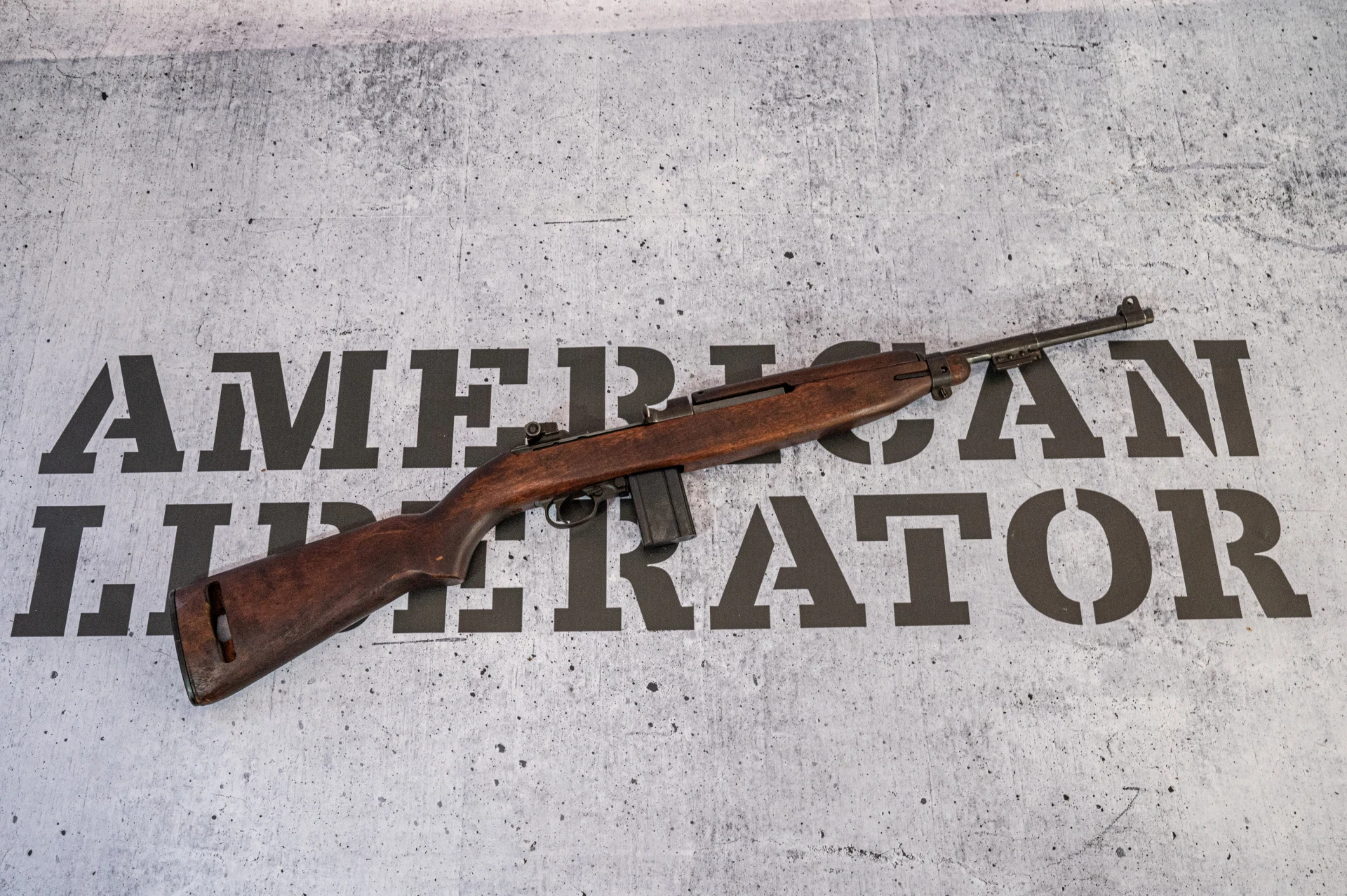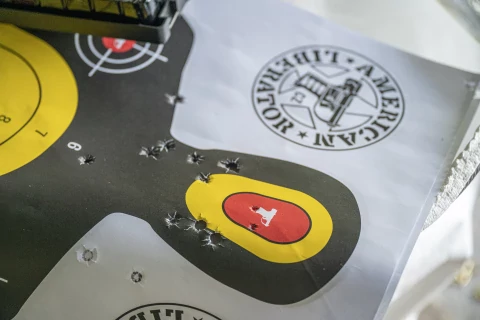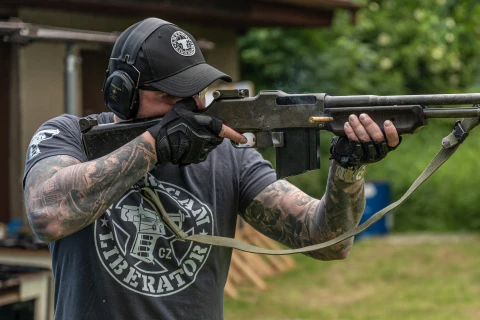- About us
- Photogallery
- Shooting Experiences
- Shooting courses
- E-shop
- Team building
- Shooting ranges
- Museum
- Contacts
M1 Carbine semi-automatic rifle
This self-loading carbine was developed to U.S. Army Ordnance specifications requiring a lightweight self-loading or automatic rifle not exceeding 5.5 pounds (2.5 kg) in weight. After previous experience in World War II combat, the need arose to introduce a powerful weapon into the arsenal for paratroopers, officers, heavy weapons operators, drivers, signalmen, and other specialists. Pistols were too weak for this purpose and the M1 Garand rifle was too heavy. Winchester therefore developed a self-loading carbine perfected by designer David M. Williams. A new .30 calibre (7.62 mm) pistol-type cartridge with increased power was developed for this weapon. It was introduced into the U.S. Army arsenal in October 1941 under the name Cal. 30. Carbine M1.
The M1 Carbine operates on the principle of powder gas extraction through a transverse channel in the barrel wall. The breech, which has locking serrations in the front, is locked by rotation of the bolt about its longitudinal axis. The weapon has a cocked hammer action and allows only single shots to be fired. The diopter sight is adjustable at 75 and 150 yards . After the last fifteenth round is fired, the slide is not locked in the rear position. The clip located at the bottom in front of the trigger must be replaced with a full clip. The bolt must then be cocked and the weapon restored to the ready position.
Production of the M1 carbine began in 1941. These carbines were first deployed in combat during the invasion of North Africa in November 1942. Further modifications appeared during the war. The M1 A1 version for paratroopers with a folding stock or the M2 version with the ability to fire a burst. The carbine was very popular with reconnaissance and airborne units because of its readiness and ease of handling. It was also used after World War II, for example by the French army in Vietnam or by British soldiers in Malaya. War production delivered more than 4 million of these carbines.
M1 Carbine - First production version. Production began in the spring of 1942. It had a magazine for 15 rounds and weighed 2.36 kg. It was used by infantry troops.
M1A1 Carbine - A version with a folding steel shoulder rest and pistol grip used by airborne troops. Again had a 15-round magazine and weighed 2.53 kg. Adopted into service in May 1942 and produced until the end of the war (about 140,000 in total).
M2 Automatic Carbine - A version allowing single shot and burst firing, which appeared in September 1944. Possibility of attaching a bayonet to the lower part of the barrel. In April 1945, an enlarged 30-round magazine was also introduced, which, due to its shape, captured the slide in the rear position. Production took place mostly in the post-war period, with a total of 550,000 produced.
M3 automatic carbine - A modification of the M2 carbine for night fighting. Equipped with a silencer and infrared optics for night vision. Only 2100 units produced.
Related guns
-
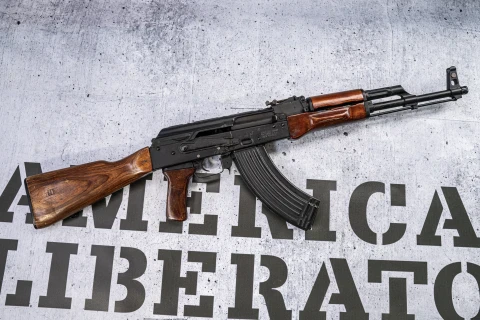
Izmash - SSSR AKM rifle
-
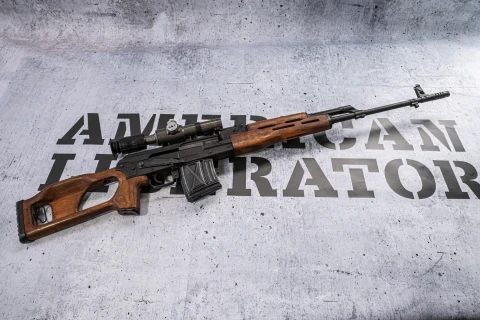
Romanian PSL ROMAK rifle
-

CZ BREN 2 Ms, .223 16,5" rifle
-

IMI Galil MAR "Micro Assault Rifle"
-

BERETTA BM59 Battle Rifle
-
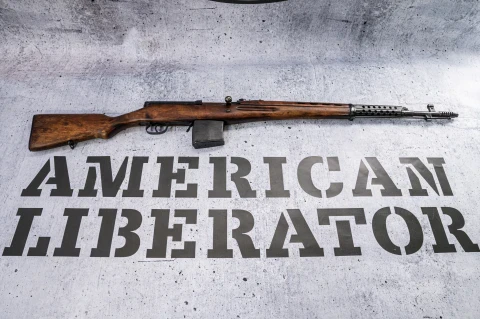
SVT-40 rifle
-

ZASTAVA M76 sniper rifle
-
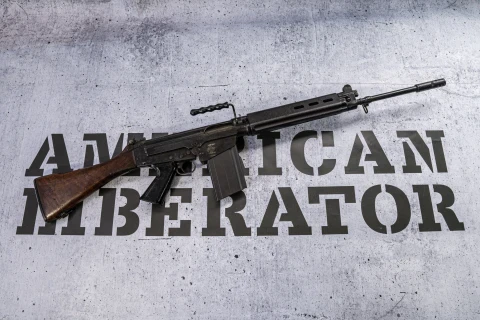
FN FAL Battle Rifle
-
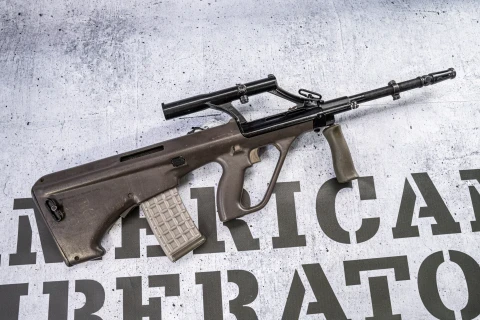
STEYR AUG rifle
-
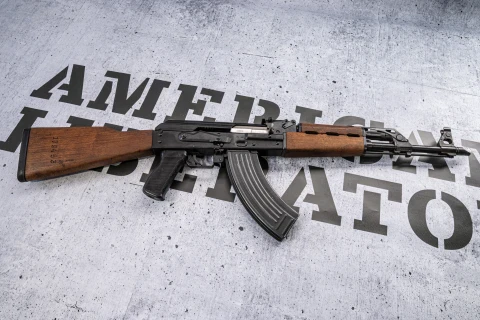
ZASTAVA M70B1 semi-automatic rifle
-

Romanian AKM clone / WUM CAA rifle
-

NORINCO CQ-A rifle
-
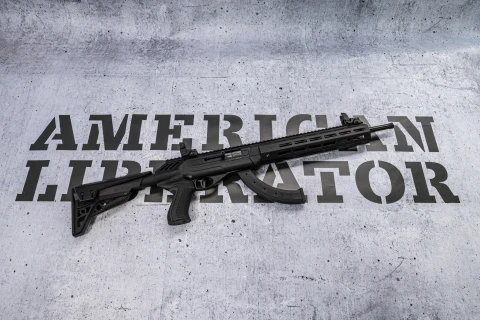
CZ 512 Tactical rifle
-
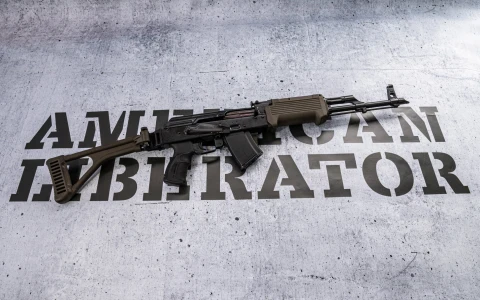
Romanian AKM clone / TAPCO
-
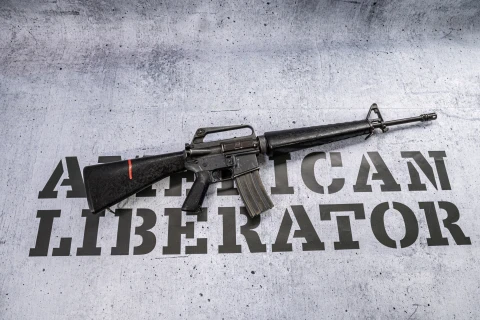
COLT M16A1 rifle
-

Tula SSSR AKM rifle
-

Smith & Wesson M&P 15-22 Sport rifle
-
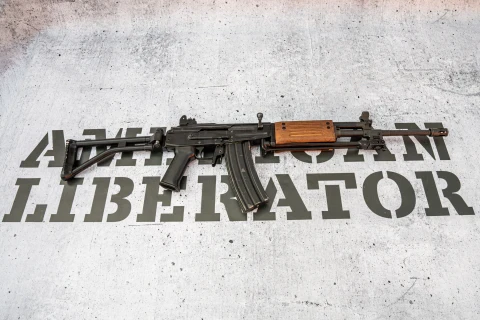
IMI Galil ARM "Assault Rifle and Machine gun"
-
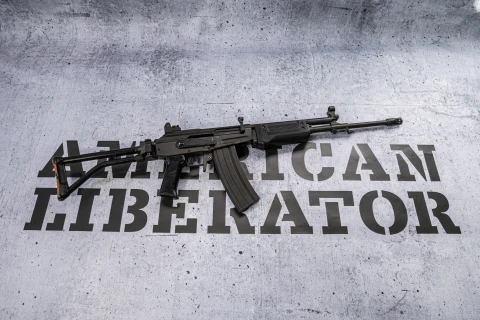
IMI Galil AR "Assault Rifle"
-

CZUB VZ. 58 Rifle
-

LUVO-15 MGL M-Lock, 10,5" Rifle
-

FN FAL Battle Rifle
-
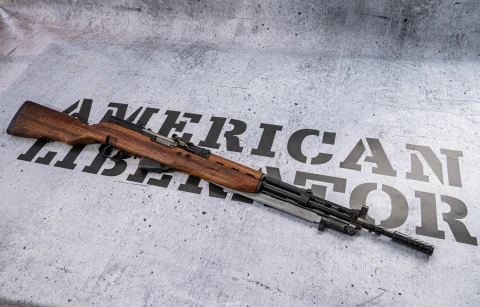
Zastava SKS M59/66 semi-automatic rifle
-
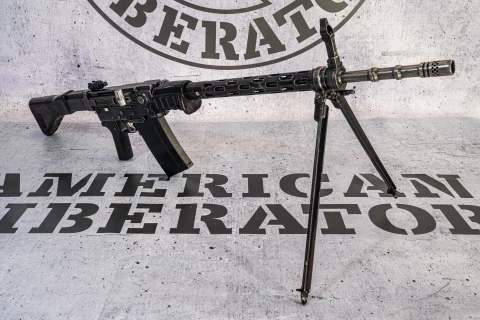
Sturmgewehr 57 / STGW 57 rifle
-
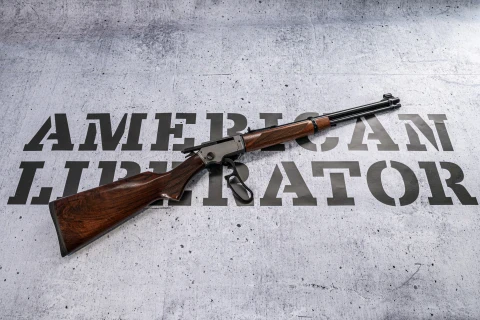
CHIAPPA L.A. 322 TAKE DOWN DeLuxe rifle
-

Browning Automatic Rifle (BAR) 1918A2
-
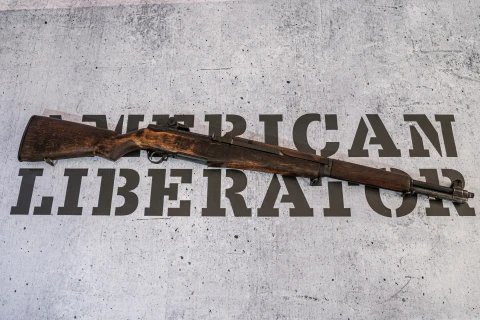
M1 Garand semi-automatic rifle
-
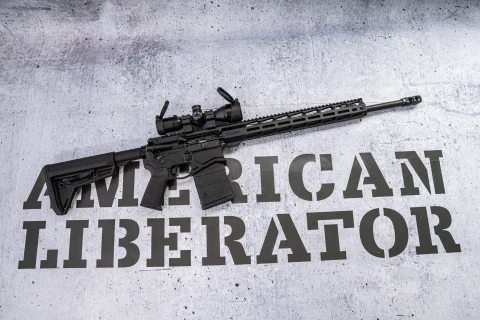
Ruger SFAR 20" semi-automatic rifle
-

Ruger AR-556 10,5" semi-automatic rifle
-
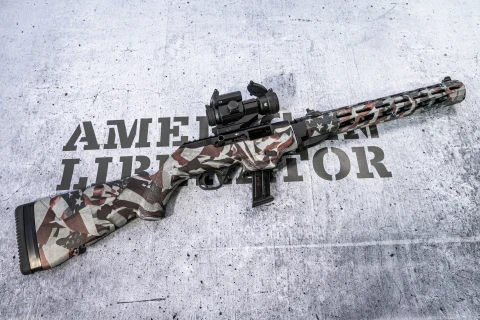
Ruger PC Carbine semi-automatic rifle
-
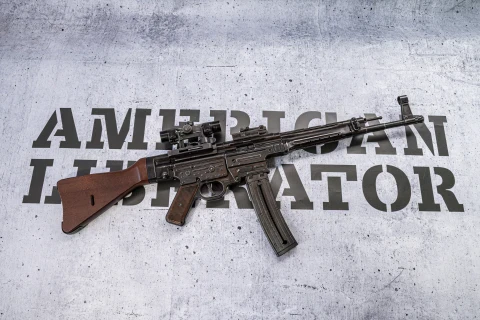
Self-loading small rifle GSG StG44
You can find this weapon in these packages
Lukáš “Höpner” Loucký
30. 5. 2023
Od instruktorů jsme dostali přednášku o jednotlivých zbraních, které nám přinesli ukázat. Výběr zbraní byl velice pestrý. U některých, jsme si mohli dokonce udělat i rozborku. Také nám odpovídali na všechny naše dotazy. Prostě skvělé páteční odpoledne.
Vítek Novák
27. 1. 2024
Bylo to užasný, krásně sem si zastřílel a instruktoři byli hrozně milí. 5/5
Robin Krčmář
10. 11. 2023
skvělí profesinonální přístup, zůčastnil jsem se teambuildingu, veliký výběr zbraní, vše nám bylo hezky vysvětleno . Krásně strávený den
Káčatko
9. 11. 2023
Great girl! We had fun, great teambuilding, great agreement with the organizers. History explained, weapons briefing. I recommend it to anyone looking for entertainment for friends or company.
Petr Slama
24. 4. 2023
Perfektně strávená neděle se špičkovými instruktory na střelnici v Hodoníně. Všem doporučuji.
František Jarmar
24. 4. 2023
Profesionální servis a poradenství při výběru zbraní i doplňků. Doporučuji! :)
Petr Žižka
24. 4. 2023
Moc jsem si užil balíček zážitkové střelby. Doporučuji všem.
Lukáš Coufal
24. 4. 2023
Výborný přístup, skvělá komunikace, velice přátelská atmosféra. Odbornost na úrovni. Skvělý zážitek pro každého zájemce o historii a fandu zbraní.
Houba II
24. 4. 2023
Velmi příjemný a akční zážitek, byli jsme překvapeni výběrem zbraní. Perfektí akce pro team building nebo adrenalinový dárek. Instruktoři příjemní a trpěliví. Neviděli jsme se naposled :o)
Karel Syrovatka
24. 4. 2023
Zážitková střelba byla pro mě parádní akce. Velký výběr zbraní a skvělí instruktoři. Doporučuji.
Jiri Folta
10. 11. 2023
Kombinace profi a pratelskeho pristupu, individualni pristup ke kazdemu strelci, naprosto excelentni arzenal zbrani vcetne exotickych kousku, ze kterych si jinde nevystrelite jako napr Zastava M93 Black Arrow strilejici 50BMG. Rozhodne doporucuju!
Kristýna Kunická
5. 11. 2023
Super zážitek, doporučujeme každému odvážlivci vyzkoušet!
